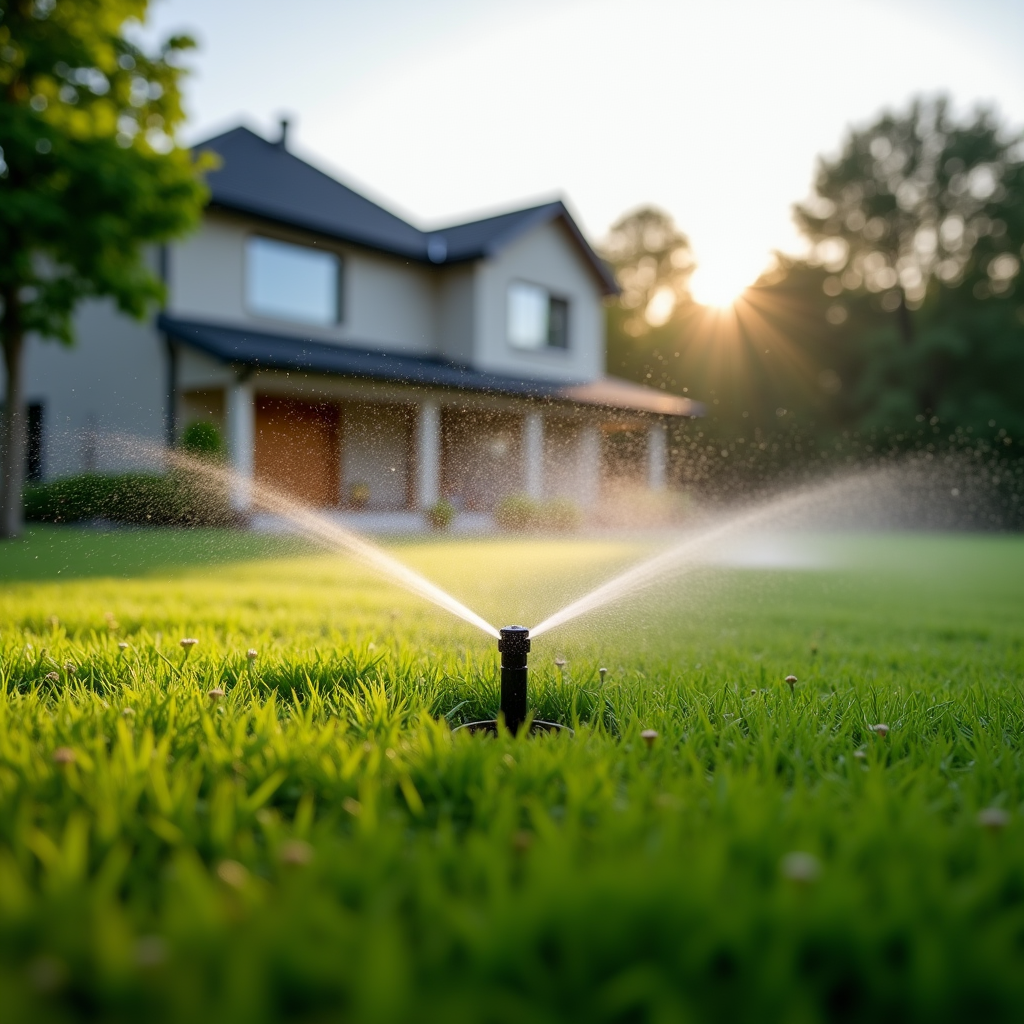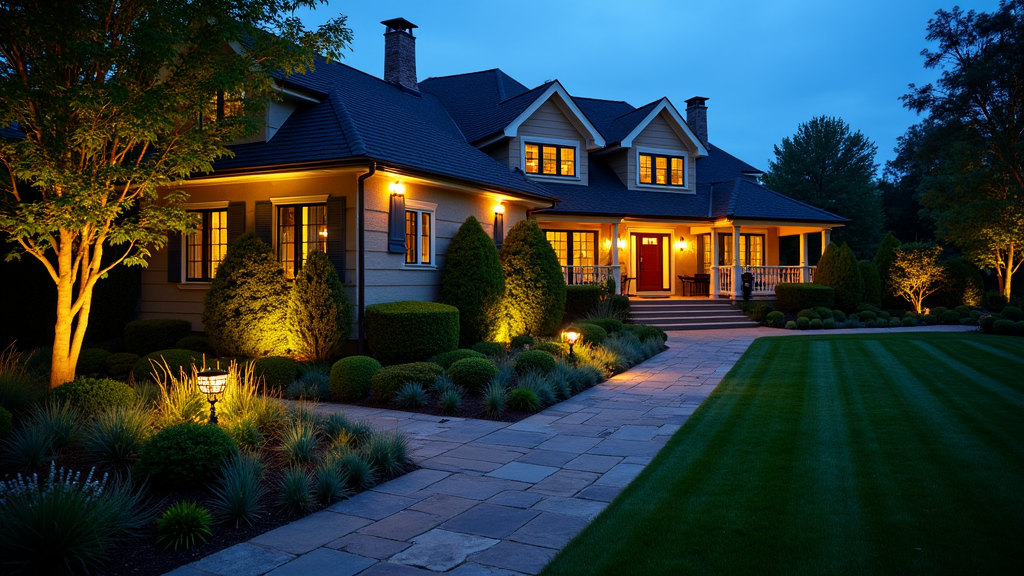Introduction
Creating a vibrant and welcoming outdoor space can significantly enhance the beauty of your property. If you're residing in Greensboro, NC, you're fortunate to have a climate that supports a diverse range of colorful flowers. This guide will provide you with insights on how to create stunning flower beds that not only attract attention but also thrive throughout the seasons. Whether you're a seasoned gardener or just starting out, this article will equip you with the knowledge needed for landscaping in Greensboro.
Colorful Flower Beds: A Guide for Landscaping in Greensboro, NC
When it comes to flower beds, color is king. A well-planned flower bed can serve as a canvas showcasing an array of hues that change with the seasons. But what does it take to create such a masterpiece? Let’s dive into the essentials of designing colorful flower beds specifically suited for the enchanting landscapes of Greensboro.
Understanding Your Climate
Climate Zones in Greensboro, NC
Before diving headfirst into planting, it's imperative to understand the climatic conditions specific to Greensboro. The region falls under USDA Hardiness Zone 7b, which means winters are generally mild and summers can be hot and humid.
- Summer Temperatures: Average highs can reach the mid-80s to low 90s Fahrenheit. Winter Temperatures: Average lows dip into the mid-20s Fahrenheit.
This climate allows for an impressive variety of flowering plants to flourish.
Choosing the Right Flowers for Your Zone
Once you’ve grasped your local climate, it’s time to select flowers that will thrive:
- Perennials such as Echinacea (Coneflower) and Rudbeckia (Black-eyed Susan) are fantastic choices. Annuals like Petunias and Marigolds add immediate color and vibrancy.
By choosing native plants or those adapted to your zone, you’ll ensure your flower beds are not only beautiful but also sustainable.
Planning Your Flower Bed Layout
Design Principles for Flower Beds
A successful landscape design isn't just about throwing plants in the ground; it's about creating balance, contrast, and harmony.
Symmetry vs Asymmetry: Decide whether you want a formal look (symmetrical) or a more relaxed feel (asymmetrical). Color Schemes: Consider complementary colors or monochromatic schemes based on what appeals to you most.Creating Depth and Layers
Utilizing varying heights can add dimension to your flower bed:
- Place taller plants at the back if your bed is against a fence or wall. Use shorter varieties at the front so they don’t get overshadowed.
Soil Preparation: The Foundation of Success
Testing Your Soil Quality
Before planting anything, test your soil's pH and nutrient levels. You can purchase soil testing kits from garden centers or online.
- Ideal soil pH for flowers typically ranges from 6.0 to 7.0.
Enriching Your Soil
To ensure healthy growth:
- Amend your soil with organic matter like compost or well-rotted manure.
This will improve drainage while providing essential nutrients.
Choosing Plants for Colorful Flower Beds
https://writeablog.net/pothirpfkg/the-benefits-of-overseeding-your-existing-lawnBest Perennials for Greensboro Landscapes
Daylilies - These are hardy and come in various colors. Astilbe - Great for adding texture with its feathery plumes.Best Annuals for Quick Color
Zinnias - They bloom all summer long in bright colors. Geraniums - Perfect for adding pops of red and pink.Planting Techniques That Work Best
Spacing Your Plants Correctly
Proper spacing ensures good air circulation and minimizes disease:
- Follow guidelines based on plant size; typically 12–24 inches apart works well.
Companion Planting Strategies
Some flowers thrive when planted together:

- Pair marigolds with vegetables; they deter pests naturally!
Watering Wisely: Essential Care Tips
Establishing a Watering Schedule
Newly planted flowers need consistent moisture:
- Water deeply once or twice a week instead of shallow daily watering.
Irrigation Options for Convenience
Consider installing drip irrigation systems or soaker hoses to make watering less labor-intensive while conserving water.
Mulching: Protecting Your Investment
Benefits of Mulching Flower Beds
Mulching offers various benefits:
Retains moisture Suppresses weeds Regulates soil temperature
Choose organic mulches like shredded bark or straw for added nutrients as they decompose over time.
Managing Pests Naturally in Flower Beds
Identifying Common Pests in North Carolina Gardens
Keep an eye out for pests like aphids and spider mites that may invade your flower beds.
Natural Pest Control Methods
Instead of resorting to chemical pesticides:
Introduce beneficial insects like ladybugs. Use neem oil spray as a natural deterrent against common pests.Seasonal Maintenance Tips for Flower Beds
11 Seasonal Tasks That Keep Your Flowers Thriving
Here's a list of tasks tailored by season:
| Season | Task | |--------------|-----------------------------------------------| | Spring | Plant new annuals, remove winter debris | | Summer | Deadhead spent blooms | | Fall | Cut back perennials after frost | | Winter | Mulch heavily before snow falls |

These tasks help keep your flower beds looking their best year-round!
FAQs About Colorful Flower Beds
What are some easy-to-grow flowers for beginners?- Start with sunflowers, marigolds, or zinnias! They're forgiving and bloom profusely.
- Typically once every few days is sufficient unless there's heavy rain.
- Absolutely! This adds both immediate color from annuals and lasting blooms from perennials.
- Spring is ideal; however, fall planting can work well too!
- Regular mulching combined with manual weeding helps keep them at bay!
- Yes! Native plants require less maintenance and support local wildlife better than non-native options.
Conclusion
Creating colorful flower beds is not just about aesthetics; it's about cultivating an environment that brings joy not only to yourself but also enhances community spaces around Greensboro, NC as well! With thoughtful planning—considering factors such as climate adaptability, proper spacing, seasonal care—you'll be well on your way toward crafting stunning landscapes that bloom beautifully year after year!
Remember, landscaping in Greensboro isn't merely about selecting pretty plants; it's about understanding how these elements fit within the larger ecosystem while making your outdoor spaces inviting and vibrant! Happy gardening!